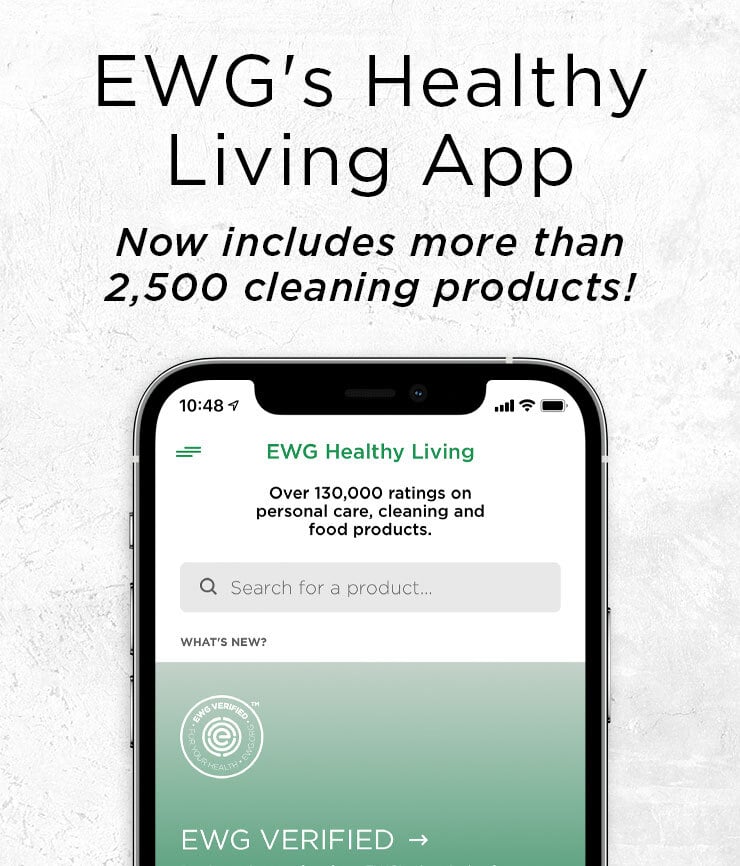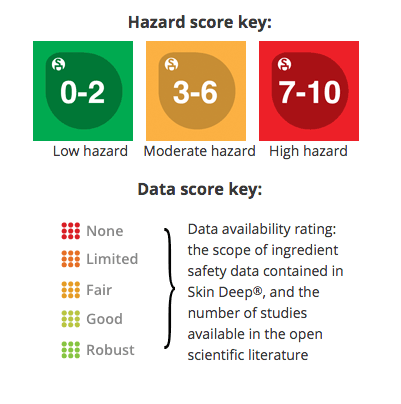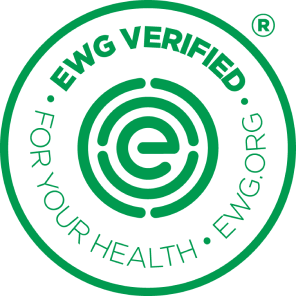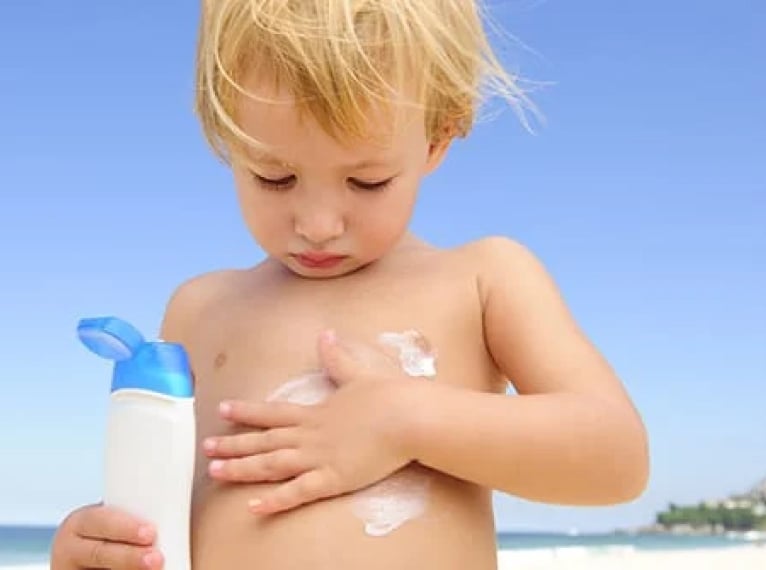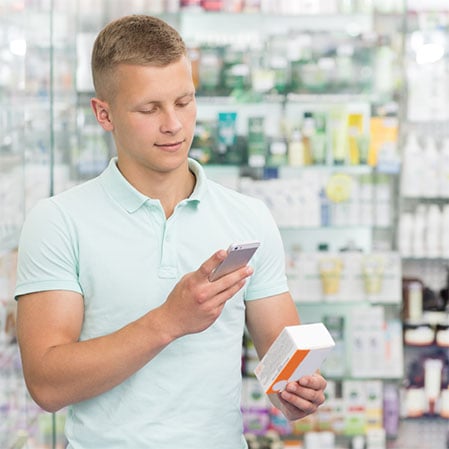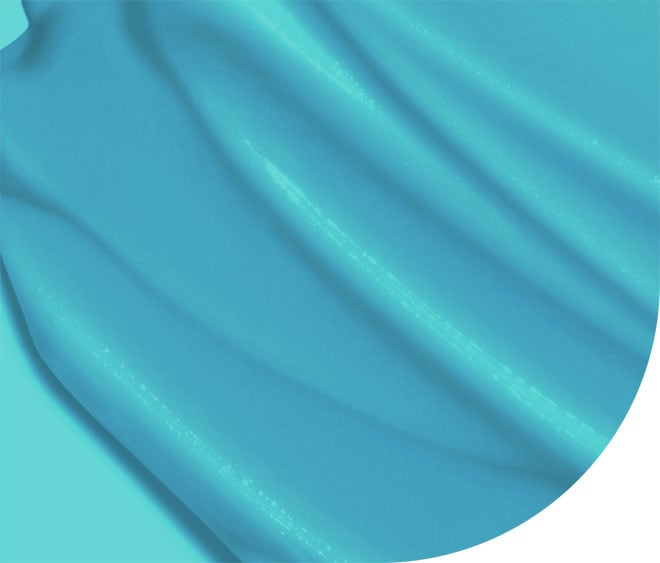HOME / recreational sunscreens / beach & sport sunscreen

TiZO Mineral Sunscreen Stick, Non-Tinted, SPF 45
TiZO Mineral Sunscreen Stick, Non-Tinted, SPF 45

WHERE TO BUY
Health Concerns
-
SOMECancer
-
MODERATEAllergies & Immunotoxicity
-
LOWDevelopmental and Reproductive Toxicity
-
MODERATEUse Restrictions
Efficacy Concerns
-
Caution We have flagged this product with 1 concerns Sunscreens can break down while still in the bottle. To be safe dispose of products when the mixture clumps or separates.
-
highUVA/UVB Balance
Ingredient Scores
Ingredients are scored based on their formulation and concentration in this product. Click on an ingredient for more information.

|
ALUMINA
Data Availability: Good
|


|
||||
|
||||||

|
CETYL PEG/PPG-15/15 BUTYL ETHER DIMETHICONE
Data Availability: Limited
|


|
||||
|
||||||

|
LECITHIN
Data Availability: Good
|


|
||||
|
||||||

|
PEG-8
Data Availability: Limited
|


|
||||
|
||||||

|
TOCOPHERYL ACETATE
Data Availability: Fair
|


|
||||
|
||||||

|
TITANIUM DIOXIDE (SUNSCREEN GRADE) active ingredient 4%
Data Availability: Good
|


|
||||
|
||||||

|
ZINC OXIDE(SUNSCREEN GRADE) active ingredient 5.5%
Data Availability: Good
|


|
||||
|
||||||

|
ASCORBYL PALMITATE (VITAMIN C PALMITATE)
Data Availability: Limited
|


|
||||
|
||||||

|
CITRIC ACID
Data Availability: Good
|


|
||||
|
||||||

|
TOCOPHEROL
Data Availability: Fair
|


|
||||
|
||||||

|
ALUMINUM HYDROXIDE
Data Availability: Fair
|


|
||||
|
||||||

|
ALUMINUM STEARATE
Data Availability: Limited
|


|
||||
|
||||||

|
ASCORBIC ACID (VITAMIN C)
Data Availability: Fair
|


|
||||
|
||||||

|
C12-15 ALKYL BENZOATE
Data Availability: Limited
|


|
||||
|
||||||

|
CETEARYL ISONONANOATE
Data Availability: Limited
|


|
||||
|
||||||

|
ETHYLENE BRASSYLATE
Data Availability: Limited
|


|
||||
|
||||||

|
ETHYLHEXYL PALMITATE
Data Availability: Limited
|


|
||||
|
||||||

|
HELIANTHUS ANNUS (SUNFLOWER) SEED WAX
Data Availability: Limited
|


|
||||
|
||||||

|
HEXYLDECANOL
Data Availability: Limited
|


|
||||
|
||||||

|
HEXYLDECYLLAURATE
Data Availability: None
|


|
||||
|
||||||

|
OZOKERITE
Data Availability: Limited
|


|
||||
|
||||||

|
POLYGLYCERYL-3 DIISOSTEARATE
Data Availability: Limited
|


|
||||
|
||||||

|
POLYHYDROXYSTEARIC ACID
Data Availability: None
|


|
||||
|
||||||

|
PROPYLENE GLYCOL DICAPRYLATE/DICAPRATE
Data Availability: Limited
|


|
||||
|
||||||

|
STEARIC ACID
Data Availability: Fair
|


|
||||
|
||||||

|
ZINGIBER OFFICINALE (GINGER) ROOT OIL
Data Availability: Limited
|


|
||||
|
||||||
Ingredients from label
Active Ingredients: Titanium Dioxide 4% Zinc Oxide 5.5%, Inactive Ingredients: Alumina, Aluminum Hydroxide, Aluminum Stearate, Ascorbic Acid, Ascorbyl Palmitate, C12-15 Alkyl Benzoate, Cetearyl Isononanoate, Cetyl PEG/PPG-15/15 Butyl Ether Dimethicone, Citric Acid, Ethylene Brassylate, Ethylhexyl Palmitate, Helianthus Annuus (Sun ower) Wax, Hexyldecanol, Hexyldecyl Laurate, Lecithin, Ozokerite, PEG-8, Polyglyceryl-3 Diisostearate, Polyhydroxystearic Acid, Propylene Glycol Dicaprylate/Dicaprate, Stearic Acid, Tocopherol, Tocopheryl Acetate, Zingiber Of cinale (Ginger) Root Oil
Unknown:
Leading international certifiers PETA and Leaping Bunny have no information concerning this company’s use of animal testing.

